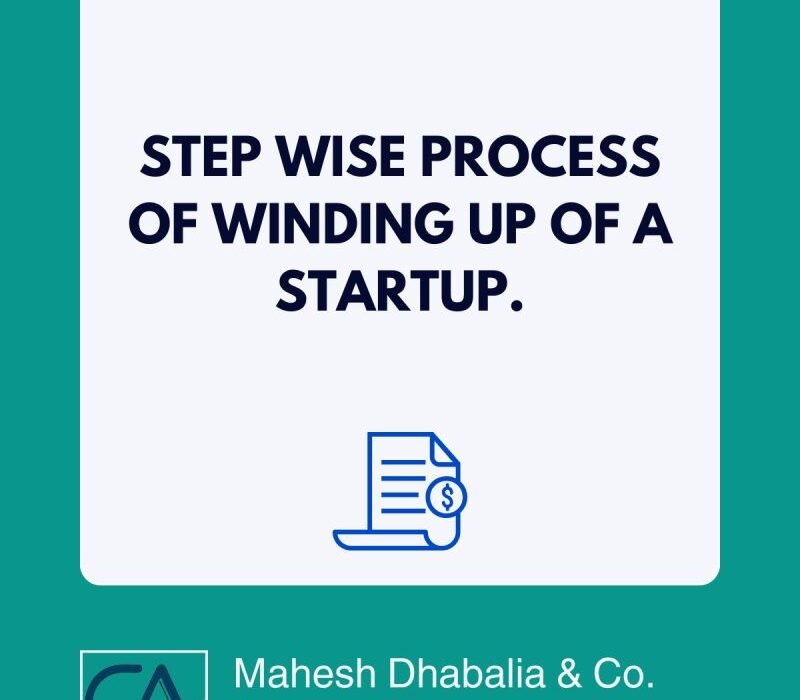Let’s talk numbers and security, the kind that lasts well into your golden years.
The Employees Provident Fund (EPF) is not just a scheme; it’s a financial lifeline for millions of salaried individuals in India.
Here’s the lowdown in simple terms:
➡️ EPF: Your Financial Safety Net Every month, you and your employer contribute 12% of your basic salary plus dearness allowance to your EPF account. It’s like a piggy bank that both of you fill, but you get to smash open when you retire.
➡️ Interest Rates: The Sweetener For the fiscal year 2023-24, the EPF interest rate got a bump up to 8.25%. That’s your money working hard, so you don’t have to, later on.
➡️ Tax Benefits: The Cherry on Top The principal and interest? They’re tax-free upon withdrawal. That’s right, not a penny goes to the taxman when you decide to take out your funds.
➡️ Who’s Covered? If your workplace has 20 or more employees, you’re in. And sometimes, even if there aren’t 20 of you, you might still get the benefits, thanks to certain conditions and exemptions.
➡️ Contribution Breakdown If you’re earning up to Rs. 15,000, here’s how it splits:
🚀 Employee: 12% of your salary
🚀 Employer: 3.67% to EPF, 8.33% to the Employee Pension Scheme (EPS), capped at Rs. 1,250 monthly.
Earn more than Rs. 15,000? The employer’s share gets divided:
🚀EPS: 8.33% of Rs. 15,000 (that’s Rs. 1,250)
🚀EPF: The rest, which is about Rs. 550 monthly.
➡️ Voluntary Contributions: You can voluntarily add more than the standard 12% to a special account called the Voluntary Provident Fund (VPF). And guess what? That extra interest is also tax-free.
Remember, the EPF isn’t just a retirement fund; it’s a commitment to your future self.
So, when you’re sipping tea, reminiscing about the good old workdays, you’ll thank yourself for every contribution made today.



